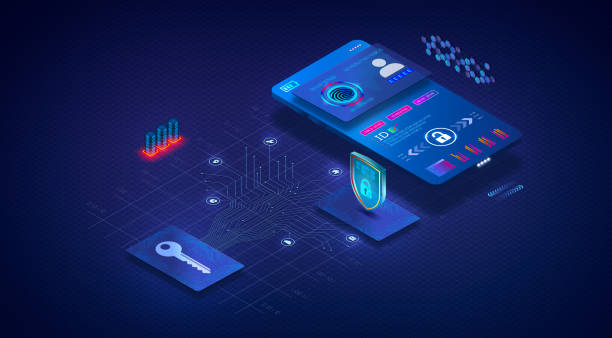In today’s digital world, protecting sensitive information and online accounts from unauthorized access is critical.
The traditional single-factor authentication method, which is based on a password, is no longer sufficient to keep the data secure.
Multi-factor authentication (MFA) is becoming increasingly popular as a more secure method of authentication.
In this article, we will discuss the importance of MFA and how it can enhance online security.
What is Multi-Factor Authentication?
Multi factor authentication (MFA) is a security process that requires users to provide more than one method of authentication to access a website, application, or service.
This method provides an extra layer of security beyond a single password.

Types of Multi-Factor Authentication
There are several types of MFA, including:
- Knowledge-based authentication: This involves verifying the user’s identity by asking questions related to personal information, such as a mother’s maiden name or the name of a first pet.
- Possession-based authentication: This involves verifying the user’s identity by requiring something the user has, such as a smart card or a security token.
- Inherence-based authentication: This involves verifying the user’s identity based on something the user is, such as a fingerprint or a facial recognition scan.
Multi-factor authentication is a critical component of online security.
Advantages of Multi-Factor Authentication
- Enhances security: With MFA, the probability of unauthorized access to sensitive information and online accounts is significantly reduced. Even if a hacker manages to steal a password, they still cannot access the account without the second factor of authentication.
- Protects sensitive information: MFA helps protect sensitive information such as financial information, medical records, and other confidential data.
- Reduces risk of fraud: MFA minimizes the risk of fraudulent activities such as identity theft, phishing attacks, and other malicious activities.
- Easy to implement: MFA can be easily implemented using existing technology, and it does not require significant changes to existing systems and processes.
MFA is easy to implement and can help reduce the risk of fraudulent activities.
How to Implement Multi-Factor Authentication
Implementing MFA is a straightforward process. Here are some steps to follow:
- Choose an MFA solution that meets your organization’s needs and security requirements.
- Educate users on the importance of MFA and how to use it.
- Configure the MFA solution and integrate it into your existing systems and processes.
Regularly review and update the MFA solution to ensure it continues to meet your organization’s evolving security needs.

Conclusion:
Multi factor authentication is a critical component of online security.
It provides an extra layer of protection against unauthorized access to sensitive information and online accounts. In a world where cyber threats are constantly evolving, it is essential to implement MFA to enhance online security.
By doing so, organizations can protect sensitive information and minimize the risk of data breaches.


